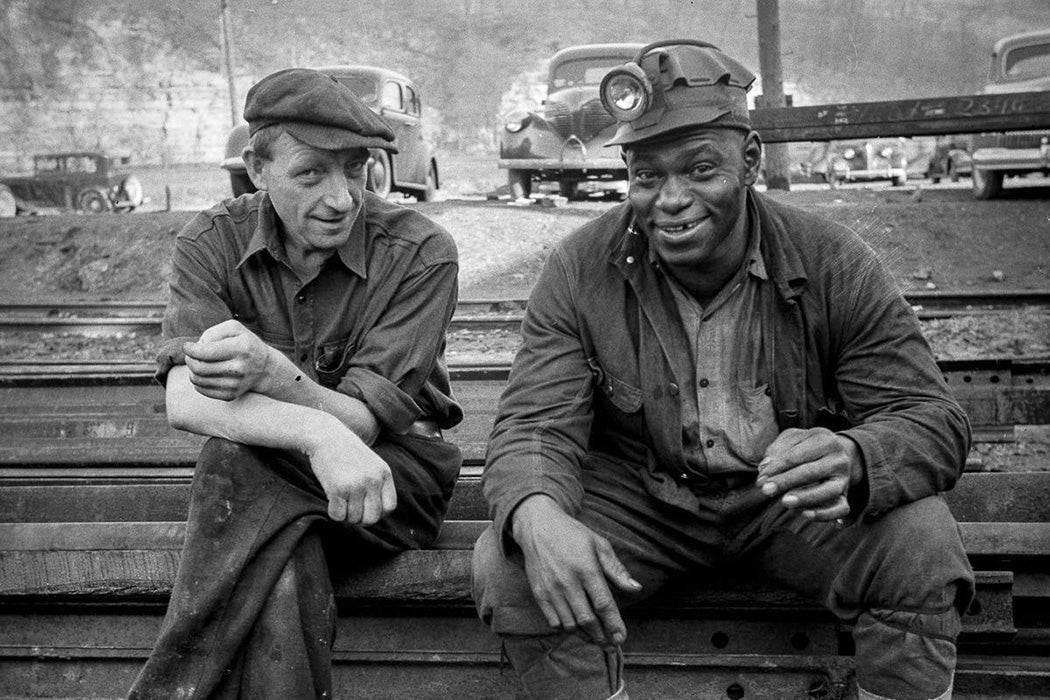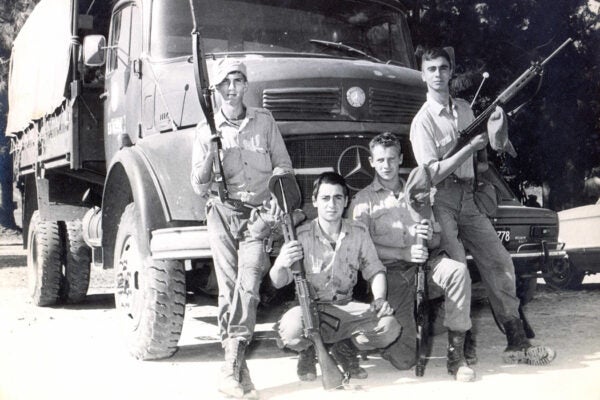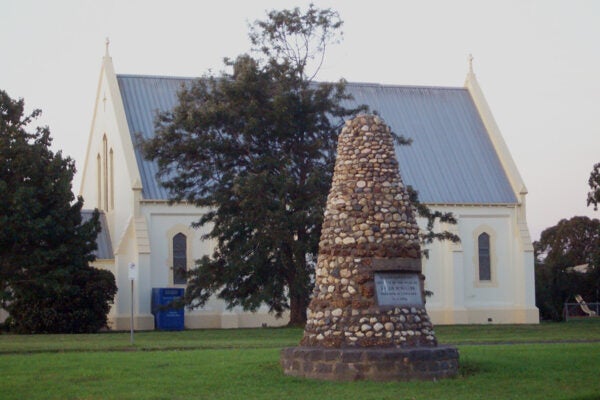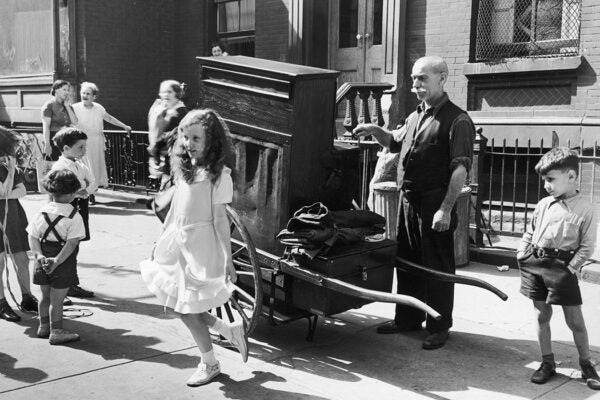What happens when a company abandons a town built around its labor needs? Looking at the example of Pardeesville, Pennsylvania, anthropologist Michael P. Roller suggests that one answer is that people come together to improve their lives.
Starting in the early nineteenth century, Roller writes, immigrants from various parts of Europe arrived in northeast Pennsylvania, finding work in the region’s anthracite coal mines. Among them were Italians who established a shanty settlement outside a company town called Lattimer No. 2, later known as Pardeesville after the Pardee Brothers Coal Company that ran it. Like the Italian villages whence many of the immigrants had come, the informal town had a church at the center and small homes, built by the workers themselves, clustered nearby.
In February 1938, the Pardee Brother Coal Company filed for bankruptcy, under the weight of national economic difficulty and internal mismanagement. Employees and the union representing them, the United Mine Workers of America, began negotiating over issues including back wages owed to the workers totaling $65,000.
By early June, the parties reached an unusual deal. A group of 1,000 company employees took over and revived the mining operation, using the profits to repay the back wages. By all accounts, this worked out remarkably well. The wages, and other debts owed by the company, were repaid. Homes owned by the company in Lattimer No. 2 were sold to workers.
At the same time, Roller writes, families in town continued using various strategies that they had adopted previously to supplement wage earning. These sidelines included illegally “bootlegging” coal from the mines, scavenging materials from abandoned operations, and planting gardens or raising animals on the small yards in the company town. Families might specialize in raising rabbits or chickens and trade their products.
In the 1940s, community organizations developed infrastructure in Pardeesville. Residents, including children, banded together to install pipes that emptied household sewage into an unused part of the old mines. A water association dug a well and trenches for water pipes and bought a tank for $25 from another nearby colliery. The same association negotiated with Pennsylvania Power & Light, arranging for utility hookups.
Weekly Newsletter
But Roller writes that the period of communal town projects was short lived. Starting in the 1940s, real estate developers demolished parts of Pardeesville’s shantytown and developed new lots along an access road. In the 1960s, federal urban redevelopment initiatives supported the improvement of infrastructure and removal of old industrial hazards. This also involved stopping the burning and unregulated dumping of garbage, shutting down junkyards, and increasing policing to enforce local codes. This supported the wishes of some, mostly newer, residents over those of longtime denizens of the village. Arguments broke out over issues like an improperly permitted trailer home, unkempt yards, and a cow that one family was keeping on their property.
Ultimately, the town’s population shifted from the village center to side roads, officials modernized the infrastructure, and the one-time shantytown village was transformed into an orderly suburb of the town of Hazleton.







